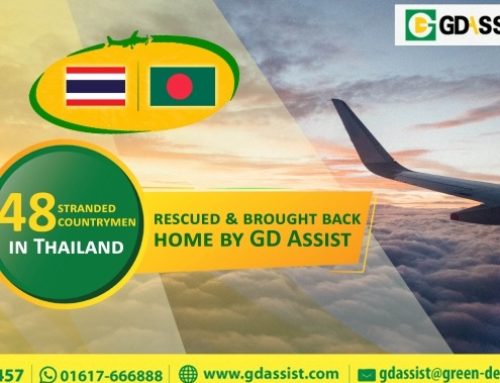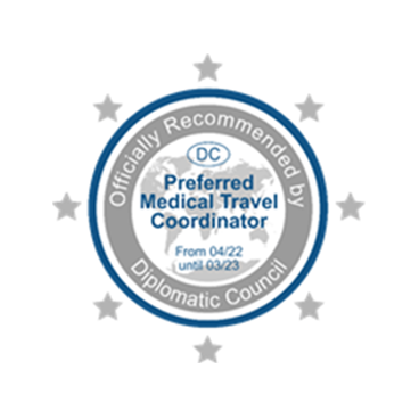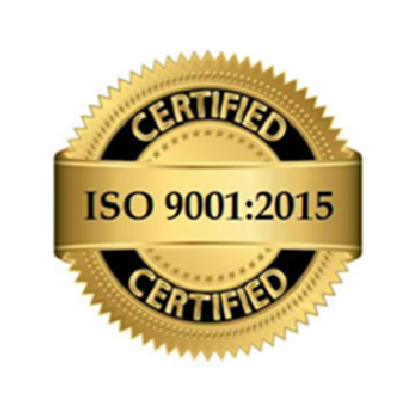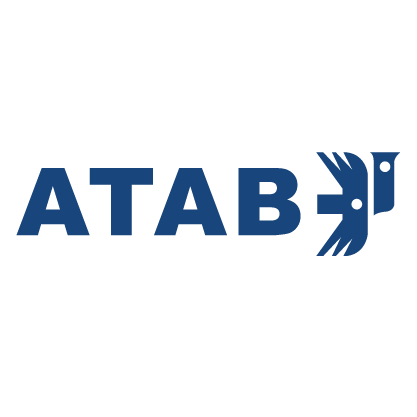Telemedicine: A game-changer in healthcare delivery
A healthcare emergency can strike anyone, anytime, anywhere.
Take the instance of Bashir ul-Quadir, a 48-year-old taxation consultant who was holidaying in one of the remote islands of Greece. He suddenly fell ill but found it difficult to find a doctor in the vicinity. However, thanks to some quick thinking and a fairly strong broadband link, he availed of a video consultation service that saved his time and money. He recuperated in two days and was back parasailing in the pristine waters of the Mediterranean.
Or take the example of Nasreen Malik whose seven-year-old son developed a severe stomach ache at 1:00am. Unable to get in touch with her regular paediatric at that unearthly hour, she was able to get access to an immediate resolution via online video consultancy after the doctor on the other end of the line understood her son’s case history and symptoms. The result was that the child could sleep peacefully at night and go to school the next day morning.
Hence, the benefits of video consultancy as an effective mode of healthcare delivery are evident in terms of speedy remediation, accompanied by savings of time and cost.
Advantage of video consultancy
There are a number of upfront advantages of video consultancy VS traditional healthcare:
- Near zero wait times:
For traditional healthcare, the wait time is typically about 60 minutes for OPD and about 4-5 hours for a specialist. Video consultancy on the other hand is immediate and booking an appointment with a specialist is instant. Moreover, in a traditional healthcare environment, the queues are also longer, thereby consuming more time. Plus, when one considers the travel time to and from the clinic, there is again a substantive time saving, especially for those living in crowded urban centres.
- Un-fixed timings:
For conventional healthcare delivery, consultation at a medical centre or a hospital is almost always at a fixed time. In this context, telemedicine, or video consultation, empowers the patient with the unmatched convenience of ‘un-fixed’ timing in terms of anytime or 24×7 consultation. This is most beneficial for emergency situations when help may not be immediately available.
- Cost savings:
Orthodox healthcare service delivery is more expensive than video consultancy. For one, there is the cost associated with travel and transportation and this becomes zero when one avails of video consultation. Second, video consultation services are normally much lower priced than conventional healthcare. One of the other major advantages is the fact that follow-up services for video consultation is almost immediate and lower-priced (in some cases free of cost), thereby benefitting the patient significantly.
- Better utilisation of resources:
Telemedicine can allow stronger utilisation of doctors and other medical professionals, hence benefitting the patient directly, as well as ensuring a larger patient universe for the consultants. This mutually-beneficial healthcare delivery model is equally suited to all participants in the ecosystem.
- Bridging the healthcare divide
Conventional healthcare infrastructure and resources are generally considered to be of sub-quality in rural and suburban areas. Telemedicine solves this issue by virtue of its ability to deliver quality healthcare to the remotest corners of a country. By making quality healthcare accessible and affordable, telemedicine has a transformative power in the health and wellness aspirations of a society that is especially located in remote areas. Moreover, telemedicine transcends borders and the patient can receive consultation from doctors from abroad too.
Telemedicine and Bangladesh
With limited medical resources and much of the population living in remote and rural areas, telemedicine has the potential to revolutionise the delivery of healthcare in a country like Bangladesh. Since a healthy nation always positively contributes to lowering the governmental burden on healthcare expenses and tends to also ensure enhanced resource productivity, telemedicine has a direct bearing on the GDP and wellbeing of a country, especially Bangladesh that has now transitioned into a middle-income nation with the demographic dividend expected to bear a stronger influence on economic growth.
By getting a larger number of patients into the folds of telemedicine, the authorities can hope to build a stronger and well-profiled database of citizens, especially those living in the furthest corners of the country. This database can be accessed for profiling and development of targeted governmental health programmes that could further benefit those suffering from particular ailments, like cataract. Also, understanding seasonal trends and its impact on the health of a population cluster through telemedicine can also enable the government to develop preventive healthcare initiatives, especially for dreaded diseases like dengue, malaria, etc.
Thanks to the government’s Digital Bangladesh emphasis, the country’s broadband speed and penetration is on the rise with a large number of people being tech-savvy and well-versed with different ‘screens’. Moreover, rural broadband penetration is also on the rise, which bodes well for telemedicine, enabling the technology to facilitate HD video calling, thereby allowing doctors to listen, engage and diagnose the issues of patients and provide an effective treatment plan.
With a large and growing population of 168-million and very high population densities, telemedicine is the answer to revolutionising healthcare in Bangladesh by providing a healing touch to the largest number in the quickest possible time.
So, call GD Assist today for an appointment.
Hotline:16457; +8801617666888









